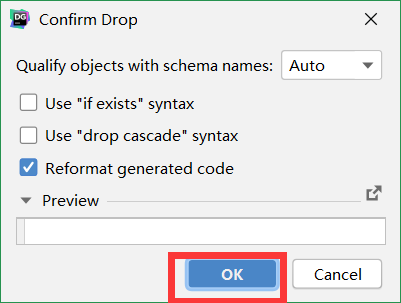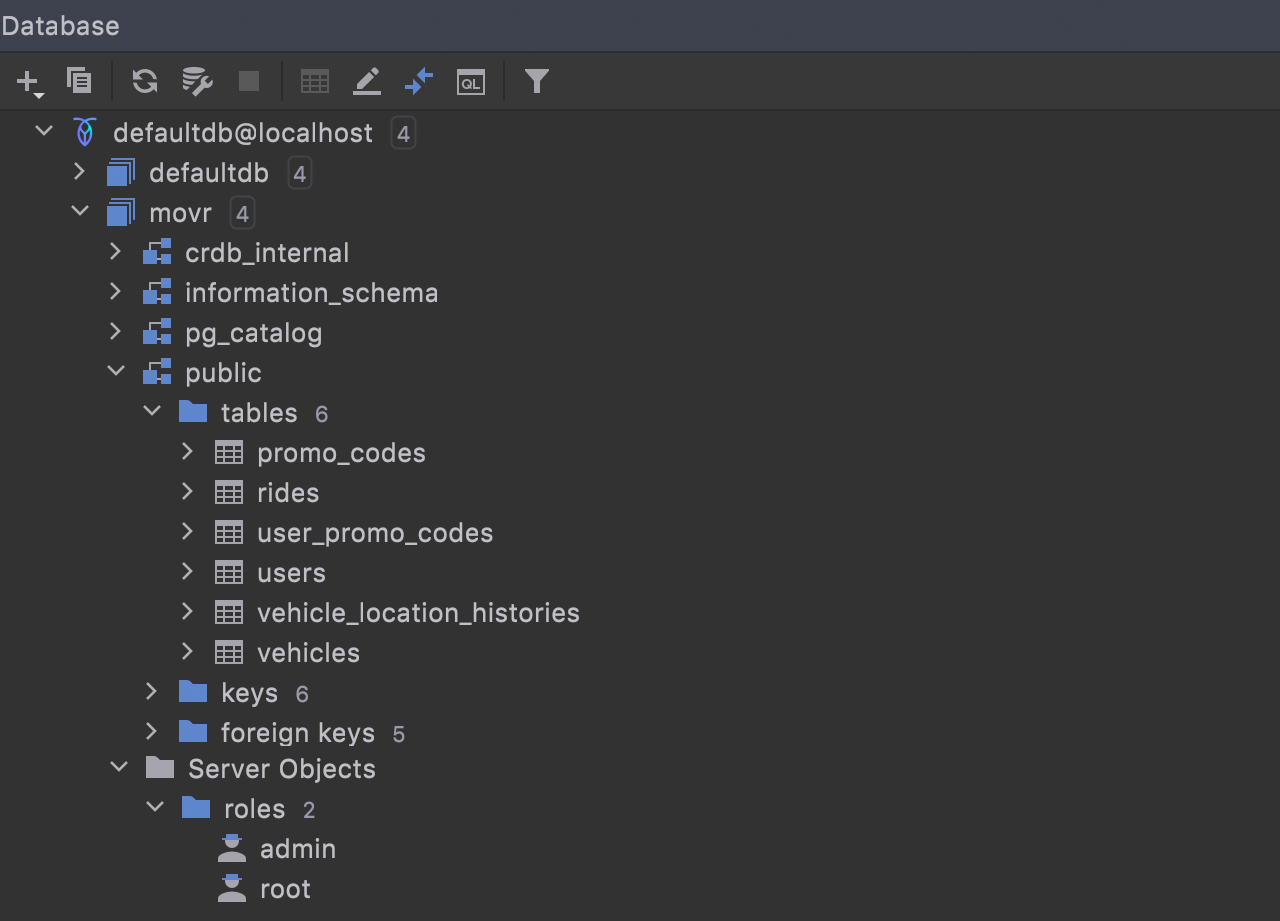
Note: Only relations between models on the database level will be picked up.
#Introspect schema datagrip manual#
Introspection for relational databases maintains the following manual changes: Running it repeatedly will lead to loss of custom changes, as the ones listed below. (This functionality has been added for the first time with version 2.6.0.) For MongoDB, Introspection for now is meant to be done only once for the initial data model. Running prisma db pull for relational databases with an existing schema file merges manual changes made to the schema, with changes made in the database. Note that you can rename the Prisma-level relation field to anything you like so that it looks friendlier in the generated Prisma Client API. The general rule for identifiers is that they need to adhere to this regular expression: You can find the naming rules and conventions for each of these identifiers on the respective docs page: Prisma employs a number of conventions for translating a database schema into a Prisma data model: Model, field and enum namesįield, model and enum names (identifiers) must start with a letter and generally must only contain underscores, letters and digits. Note that as you evolve the application, this process can be repeated for an indefinite number of times.
#Introspect schema datagrip update#
Run prisma generate to update Prisma Client.Run prisma db pull to update the Prisma schema.The typical workflow for projects that are not using Prisma Migrate, but instead use plain SQL or another migration tool looks as follows: Write data model into Prisma schema or update existing schema.Transform database schema into Prisma data model.read tables, columns and other structures. Read the connection URL from the datasource configuration in the Prisma schema.Here's a high-level overview of the steps that prisma db pull performs internally: Note that using this command requires your connection URL to be set in your Prisma schema datasource. You can introspect your database using the prisma db pull command of the Prisma CLI. You can learn more about how Prisma maps types from the database to the types available in the Prisma schema on the respective docs page for the data source connector: Map indexes in the database to indexes in the Prisma schema, if the collection contains at least one document contains a field included in the index.Map documents in the collections to the fields of Prisma models by sampling them.Map collections in the database to Prisma models.On MongoDB, the main functions are the following: Map database constraints to attributes or type modifiers in the Prisma schema.Map indexes in the database to indexes in the Prisma schema.Map columns in the database to the fields of Prisma models.Map tables in the database to Prisma models.Here's an overview of its main functions on SQL databases:

Introspection has one main function: Populate your Prisma schema with a data model that reflects the current database schema. In that case, you also need to re-introspect your database and subsequently re-generate Prisma Client to reflect the schema changes in your Prisma Client API. This is most commonly the case when you're not using Prisma Migrate but perform schema migrations using plain SQL or another migration tool.

However, it can also be used repeatedly in an application. Introspection is often used to generate an initial version of the data model when adding Prisma to an existing project. The data model is needed to generate Prisma Client. You can introspect your database using the Prisma CLI in order to generate the data model in your Prisma schema.


 0 kommentar(er)
0 kommentar(er)
